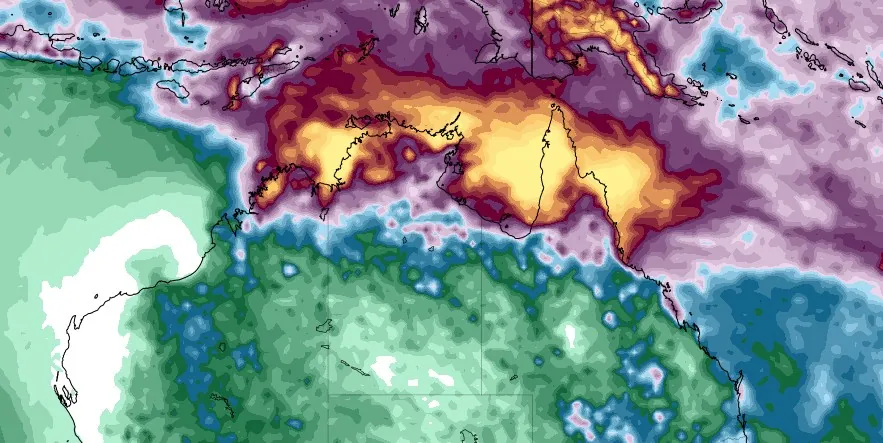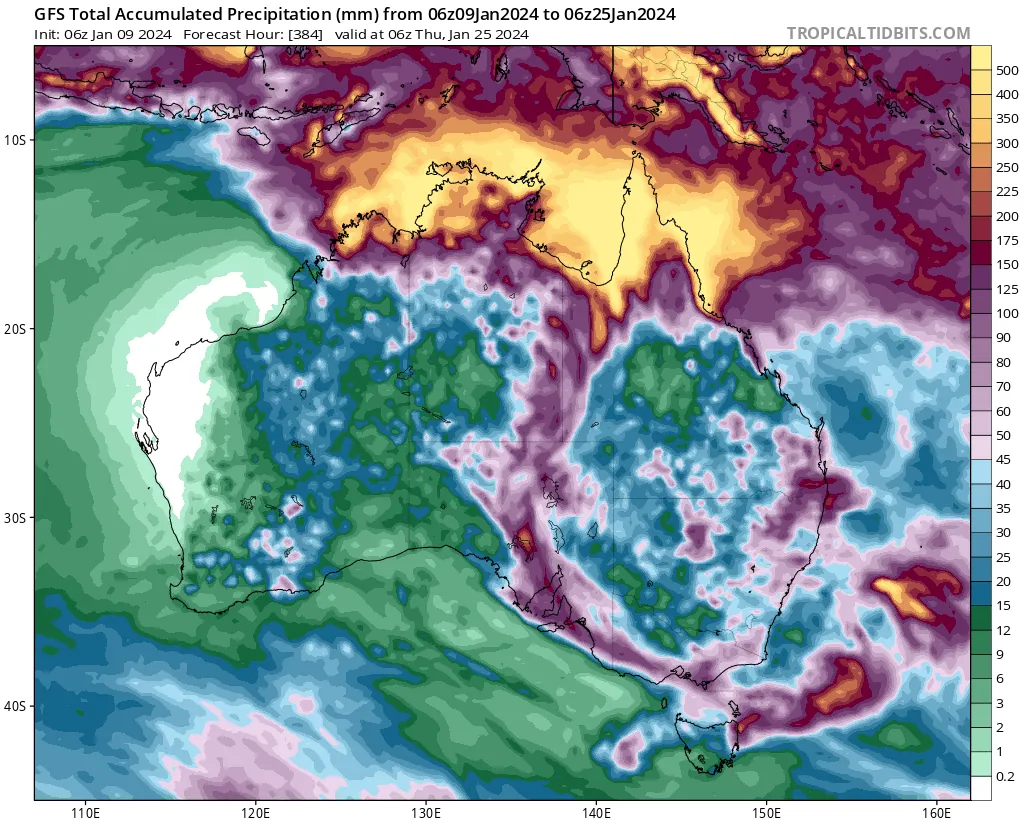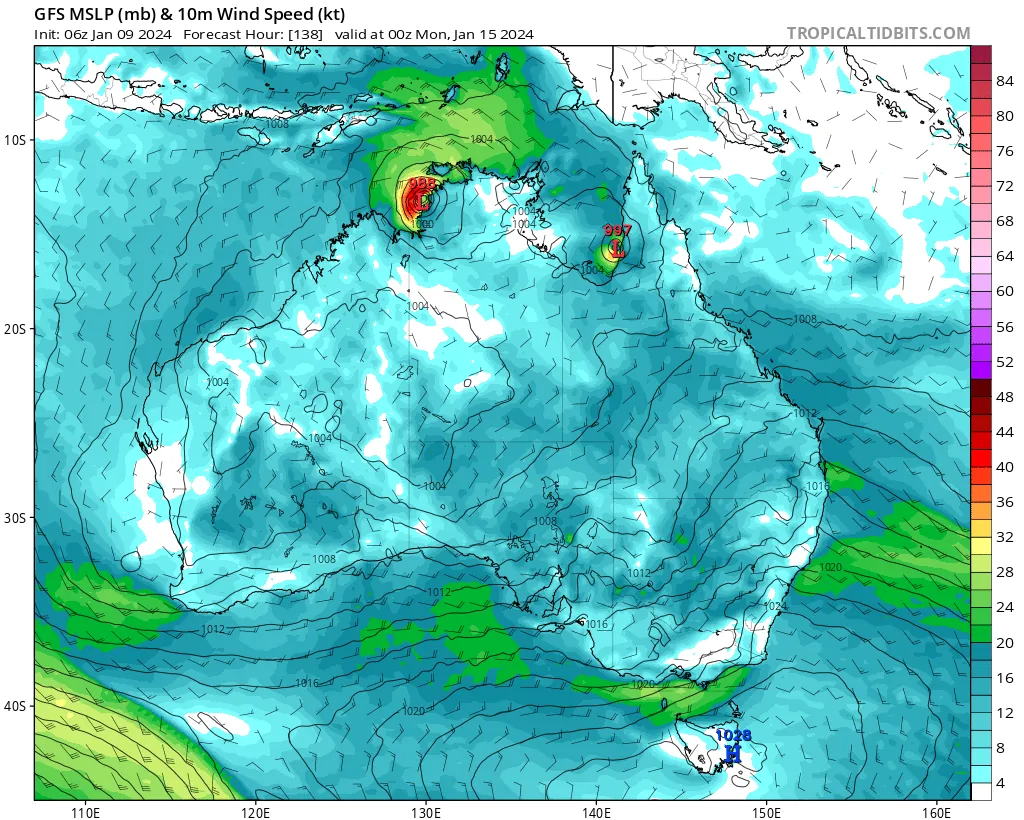Monsoon to drench parts of northern Australia with heavy rains

Parts of northern Australia, including Darwin, are bracing for their first monsoon of the season, with forecasts predicting up to 600 mm (23.6 inches) of rain in a week, potentially leading to widespread flooding and cyclone activity.
This year’s first monsoon is forecast to develop north of Darwin by Wednesday, January 10, 2024, with widespread rain expected over the Top End from about Thursday, Sky News Australia Meteorologist Alison Osborne warns.
Darwin is set to experience a significant increase in daily rainfall, particularly this weekend as a low forms along the monsoon trough. This change in weather comes after a notably dry start of the wet season, with Darwin Airport recording just 311 mm (12.2 inches) of rain, about two-thirds of the average. This lack of rain has contributed to the city experiencing its hottest first week of the year on record.
The upcoming week could see rainfall ranging from 300 to 600 mm (11.8 – 23.6 inches) between the Kimberley coast and the Gulf of Carpentaria.

A low pressure area, developing west of Darwin later in the week, is being closely monitored for potential cyclone formation. If it remains over water, it could become the season’s second cyclone, named Kirrily. However, if it moves overland, it will likely bring continued heavy downpours without developing further.
Current weather models show varied predictions regarding the system’s movement, and it is too early to determine if it will evolve into a cyclone.

The monsoon, derived from the Arabic word for “season,” signifies a shift in wind and rainfall patterns over northern Australia, Osborne explains. As north-westerly winds develop south of the equator, they pull the monsoon trough – a broad region of low pressure, rain, and storms – over the country. This phenomenon is crucial for regions like the Kimberley, Top End, and Gulf of Carpentaria, where it typically means heavy rainfall, drawing moisture from surrounding oceans.
Active monsoon phases can last several days to weeks, often resulting in strong winds, heavy rain, and flooding. Such conditions can lead to communities becoming isolated and increase the threat of tropical cyclone formation.
References:
1 Up to 600mm of rain could fall over parts of northern Australia in a week as the Top End braces for its first monsoon of the season – Sky News – January 9, 2024
Featured image credit: GFS/TropicalTidbits. Total accumulated precipitation from January 9 – 19, 2024

Commenting rules and guidelines
We value the thoughts and opinions of our readers and welcome healthy discussions on our website. In order to maintain a respectful and positive community, we ask that all commenters follow these rules.